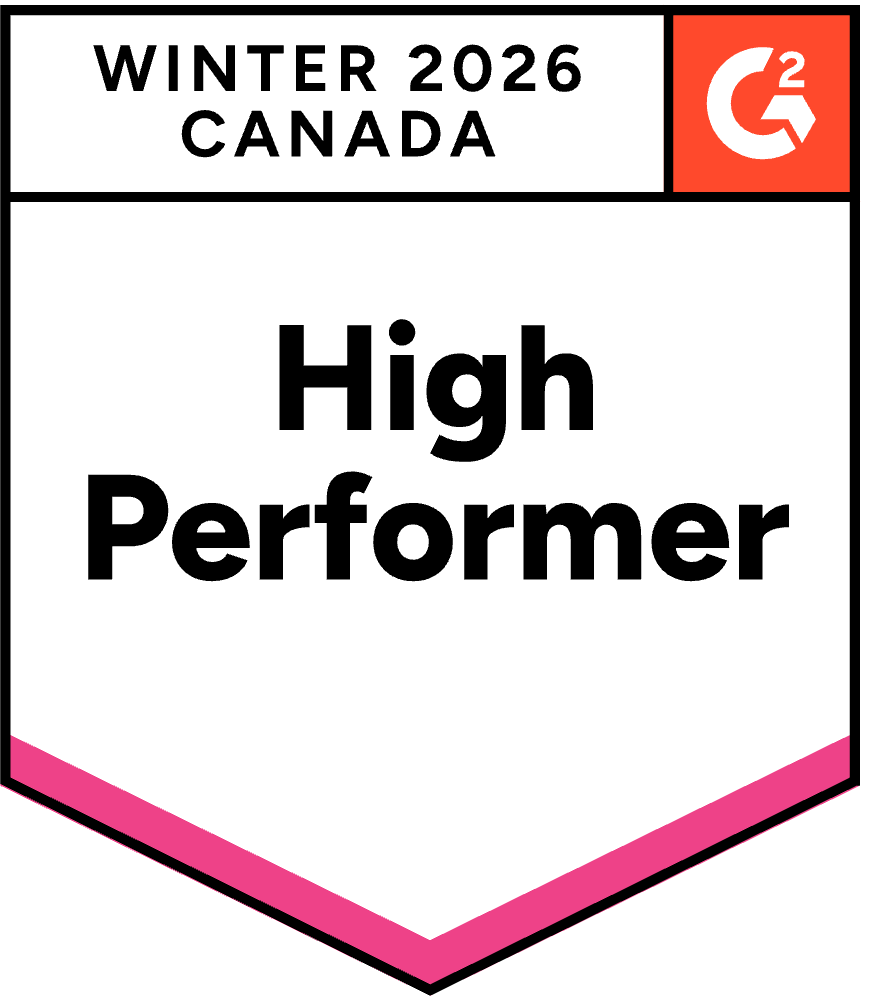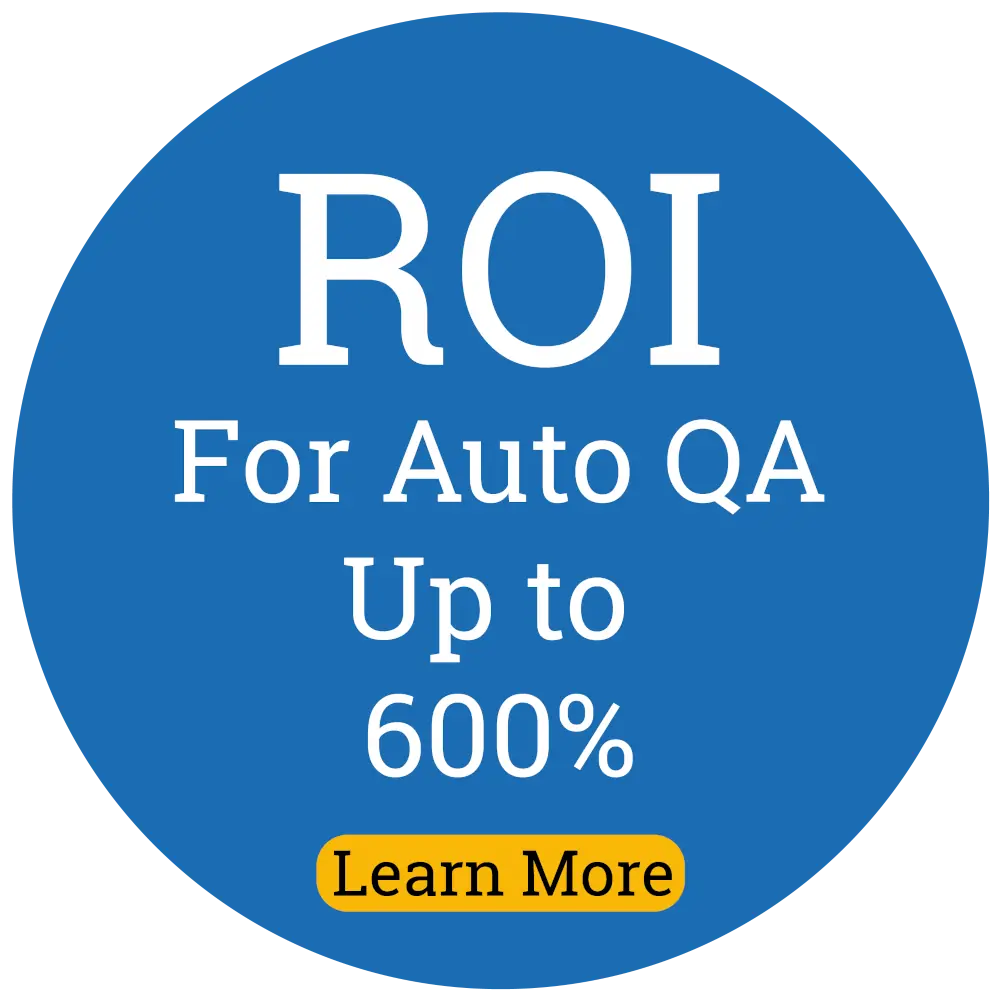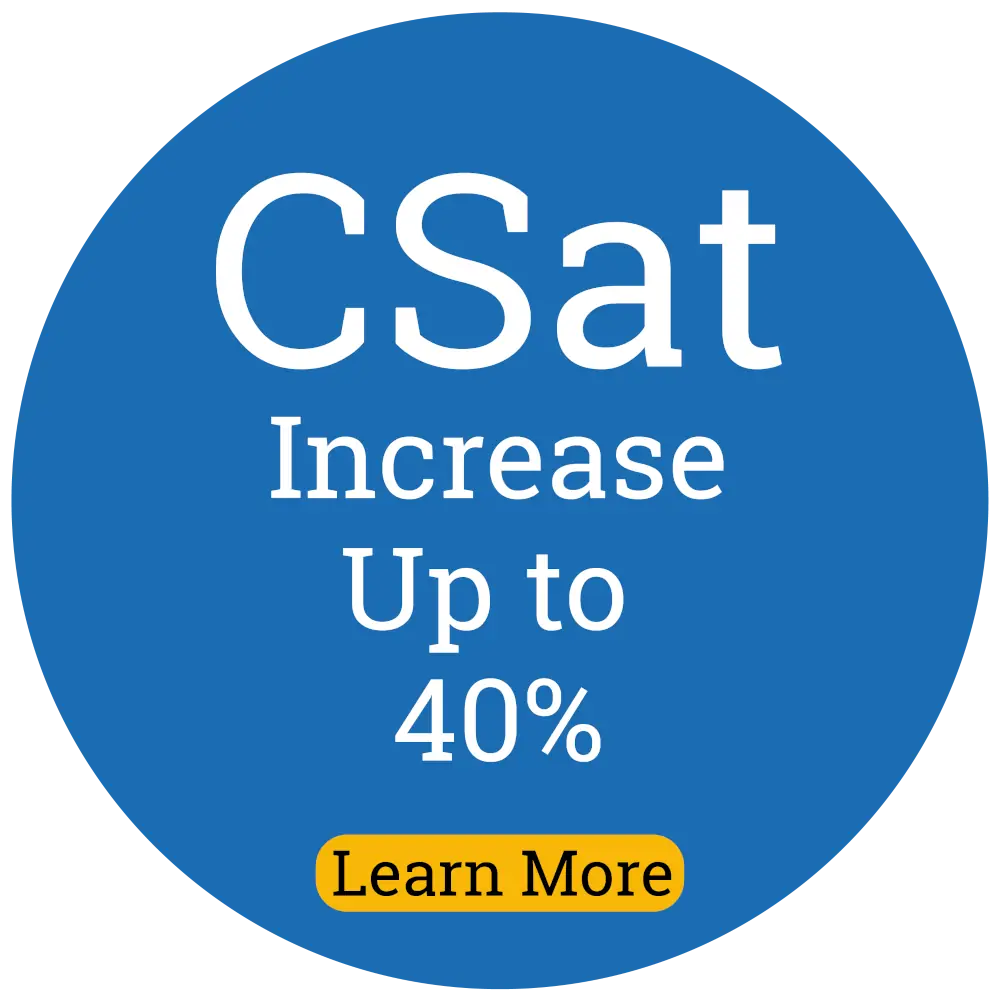What Is Call Center Performance Management?
Call center performance management refers to monitoring, measuring, and improving the performance of a call center. It involves setting key performance indicators (KPIs) and metrics, collecting and analyzing data, providing feedback and coaching to agents, and implementing strategies to enhance overall call center performance, customer satisfaction (Csat), and first call resolution (FCR).
Call Center Performance Management Includes:
- Eliminating agent ambiguity by goal-setting and establishing accountability
- Monitoring agent performance using dashboard reporting on an ongoing basis
- Frequently rate agent performance based on KPIs and metrics
- Consistently recognize and reward agents for good performance
- Identifying agent performance gaps and providing the necessary coaching
- Using performance improvement plans for low-performing agents
Why Is Call Center Performance Management Important?
SQM has found that companies using a Call Center Performance Management system incorporating post-call customer surveys have improved their FCR and Csat performance by as much as 10% for each metric. Moreover, FCR and Csat improvement can occur in 30 days or less, even in large call centers. Also, for the average call center that SQM benchmarks, a 1% improvement in FCR equals $286,000 in annual operational savings.
Furthermore, implementing a Call Center Performance Management system incorporating post-call surveying data has been one of the quickest ways to improve FCR and Csat. In addition, it has provided the most significant increases in FCR and Csat performance. Call Center Performance Management has also been the most consistent best practice for improving FCR and Csat. Most call centers consider post-call surveying as the best way to measure customer service delivery and incorporate it into their Call Center Performance Management system.

What Are the Top 10 Tips to Boost Your Call Center Performance Management?
The primary objectives of Call Center Performance Management are to optimize agent efficiency and effectiveness for delivering customer service in a cost-effective manner. The top 10 tips to boost agent Call Center Performance Management involve the following key components:
-
Goal Setting: Establishing clear and measurable goals and objectives aligned with the call center's overall mission and the organization's objectives. Goals can include metrics like average handling time, first-call resolution rate, customer satisfaction scores, quality assurance, and sales targets. Goal setting plays a significant role in eliminating agent ambiguity regarding what is expected of them for performance metrics and KPIs they will be held accountable to achieve.
-
Performance Metrics and KPIs: Identifying and tracking key performance indicators and metrics to assess the performance of the call center. Common agent performance metrics and KPIs include first call resolution, call center Csat, agent Csat, call resolution, QA score, and agent productivity. Furthermore, typical Call Center Performance Management metrics and KPIs include:
- First call resolution
- Customer satisfaction
- Service level
- Net promoter score
- Customer retention
- Quality assurance score
- Cost per call
- Agent handle time (AHT)
- Agent absenteeism
- Agent turnover
-
Data Collection and Analysis: Gather relevant data from various sources such as call recordings, customer surveys, and system reports. Analyzing this data provides insights into agent performance, customer behavior, and operational trends. Benchmark performance metrics and KPIs such as FCR, Csat, AHT, agent turnover, and absenteeism against your industry, other call centers, and, most importantly, world-class call centers because that is whom your customers will compare you to.
-
Monitoring and Evaluation: Regularly monitoring agent performance against established performance metrics and KPIs. Managers and supervisors assess performance through call monitoring, quality assurance evaluations, customer surveys, and performance reviews. Most call centers use a performance management system technology such as mySQM™ QA software to help them monitor and evaluate agent performance. Also, agents and managers should be able to review their performance in real-time using a call center dashboard.
-
Rank Agent Performance: In many cases, agents represent 60% to 75% of the call center's annual operating costs. Also, agents are the second biggest source of error (i.e., 40% of the time) for not achieving FCR. So, making modest improvements in reducing agent-caused repeat calls represents enormous financial returns and, most importantly, protects customers from defecting to other organizations. Many call center leaders are unaware of the differences between the best versus the worst-performing agents for FCR and the impact on costs. SQM's Voice of the Customer (e.g., post-call survey) research of over 500 leading North American call centers indicates a profound difference between the top agent performers and the bottom agent performers in delivering customer service.
-
Call Center Dashboard: A dashboard provides data visualization reporting that displays performance metrics and KPIs to assist supervisors and agents in monitoring and improving their performance. In addition, the dashboard data visualization is intended to make it easy to understand performance, thereby reducing the time needed to absorb the data to improve performance. Furthermore, a dashboard is designed to show KPIs trends, benchmarks, and problem areas, allowing users to understand customer service QA or other KPIs strengths and weaknesses quickly. Moreover, it can provide action alerts to address service recovery and agent coaching opportunities.
-
Feedback and Coaching: Providing constructive feedback and coaching sessions to agents based on their performance evaluations. This helps identify areas for improvement, reinforce best practices, and enhance agent skills and knowledge. When you consider all the opportunities that call centers have to improve their FCR and Csat, the quickest and greatest improvements typically come from improving agent source of error for repeat calls. Whether they be will or skill agent issues, roughly 40% of an average call center's fail points are due to frontline agent sources of error issues.

-
Training and Development: Offering ongoing training programs to enhance agents' technical skills, product knowledge, and customer service abilities. Training may cover topics such as effective communication, problem-solving, and handling difficult customers. In addition, 61% of agents want their company to improve their agent training and development practices. In addition, call centers that are effective at training and developing agents have significantly higher agent retention.
-
Recognition and Motivation: Recognizing and rewarding high-performing agents to motivate and boost morale. Incentive programs may include performance-based bonuses, gamification, or other rewards to encourage desired behaviors. Agents need to feel recognized for the customer service they deliver. SQM Group has developed a work-from-home agent recognition solution to help lower job burnout, absenteeism, and turnover by increasing employee engagement and motivating agents to improve customer service. Given that over 80% of agents work from home, having a recognition program that engages remote agents has become essential.
SQM's agent recognition program awards points based on post-call surveys, quality assurance, and internal data agent performance captured in mySQM™ Customer Service QA software. Agent award points can be redeemed in real-time with an SQM debit card.
-
Continuous Improvement: Implementing strategies and process improvements based on performance insights and customer feedback. This could involve refining workflows, optimizing technology systems, or making organizational changes to enhance overall performance. According to Gartner stat: 95% of companies collect customer feedback. Yet only 10% use the feedback to improve, and only 5% tell customers what they are doing in response to what they heard. If customers take the time to provide feedback to help call centers improve service, organizations should close the loop with customers. Put simply, after receiving the customer feedback, action it. A closed-loop process starts with identifying service gaps by capturing customer survey feedback and ends with actioning customer feedback.
What Are the Common Challenges in Implementing and Managing a Call Center Performance Management System?
Implementing and managing a call center performance management system can pose several challenges. Here are some common challenges that companies may face:
Addressing these challenges requires a combination of careful planning, effective communication, training, and ongoing evaluation to ensure the call center performance management system delivers meaningful insights and drives continuous improvement.
-
Defining Meaningful Performance Metrics: One of the primary challenges is determining the right performance metrics to measure call center performance accurately. Metrics such as average handle time, first call resolution, customer satisfaction, QA score, and agent productivity need to be carefully selected to align with business goals and provide actionable insights.
-
Data Collection and Quality: Collecting and maintaining accurate and reliable data for performance evaluation can be challenging. Integrating various systems and platforms to capture relevant data, ensuring data consistency and accuracy, and addressing data gaps or inconsistencies are essential for an effective performance management system.
-
Monitoring and Real-time Visibility: Having real-time visibility into call center operations is crucial for identifying and addressing performance issues promptly. Setting up appropriate monitoring mechanisms, dashboards, and alerts to track key metrics and detect deviations in performance can be complex and require robust technical infrastructure.
-
Agent Resistance and Buy-in: Resistance from call center agents can be a significant hurdle in implementing a performance management system. Agents may view the system as a way to monitor and control their work, leading to skepticism and resistance. Gaining agent buy-in, communicating the benefits of the system, and involving agents in the design and implementation process can help mitigate this challenge.
-
Performance Coaching and Feedback: Providing effective coaching and feedback to agents based on performance data is essential for improvement. However, call center supervisors and managers may lack the necessary skills or resources to deliver constructive feedback and coaching consistently. Investing in training and support for
-
Performance Variability and External Factors: Call center performance can be influenced by external factors beyond the control of agents or the performance management system, such as call volume fluctuations, system outages, or changes in customer behavior. Accounting for these external factors and distinguishing them from actual performance issues can be complex but important for accurate evaluation.
-
Continuous Improvement and Adaptation: Performance management systems need to evolve and adapt over time to meet changing business needs, industry trends, and customer expectations. Regularly reviewing and updating performance metrics, adjusting coaching strategies, and incorporating new technologies or methodologies can be challenging but necessary for ongoing improvement.
Request a mySQM™ Customer Service QA Demo Video
Learn about SQM's agent… CSAT prediction model, which is based on standardized metrics, AI, and regression analysis to predict customer satisfaction derived from a QA evaluation. Our CSAT prediction model provides a high statistical correlation, translating to a 95% success rate in predicting agent CSAT in most cases.
4.6




 Stars on G2 for mySQM™ Auto QA Tool Reviews
Stars on G2 for mySQM™ Auto QA Tool Reviews












What Differentiates SQM from its Competitors is our...
mySQM™ Automated QA/CX Analytics Solution that uses proprietary AI technology and intellectual property to determine QA scores and predict customer satisfaction with up to 95% accuracy for every call. SQM's Post-Call Customer Satisfaction Prediction QA Model - Is a Game-Changer!
SQM's QA and CSAT scores can be used to benchmark against 500 enterprise level call centers. Analyze 100% of customer calls with our auto QA/CX solution.
Furthermore, mySQM™ QA/CX provides agents with self-coaching, self-training, and real-time financial recognition features for calls evaluated to help monitor, motivate, and manage agents to deliver great customer satisfaction.


